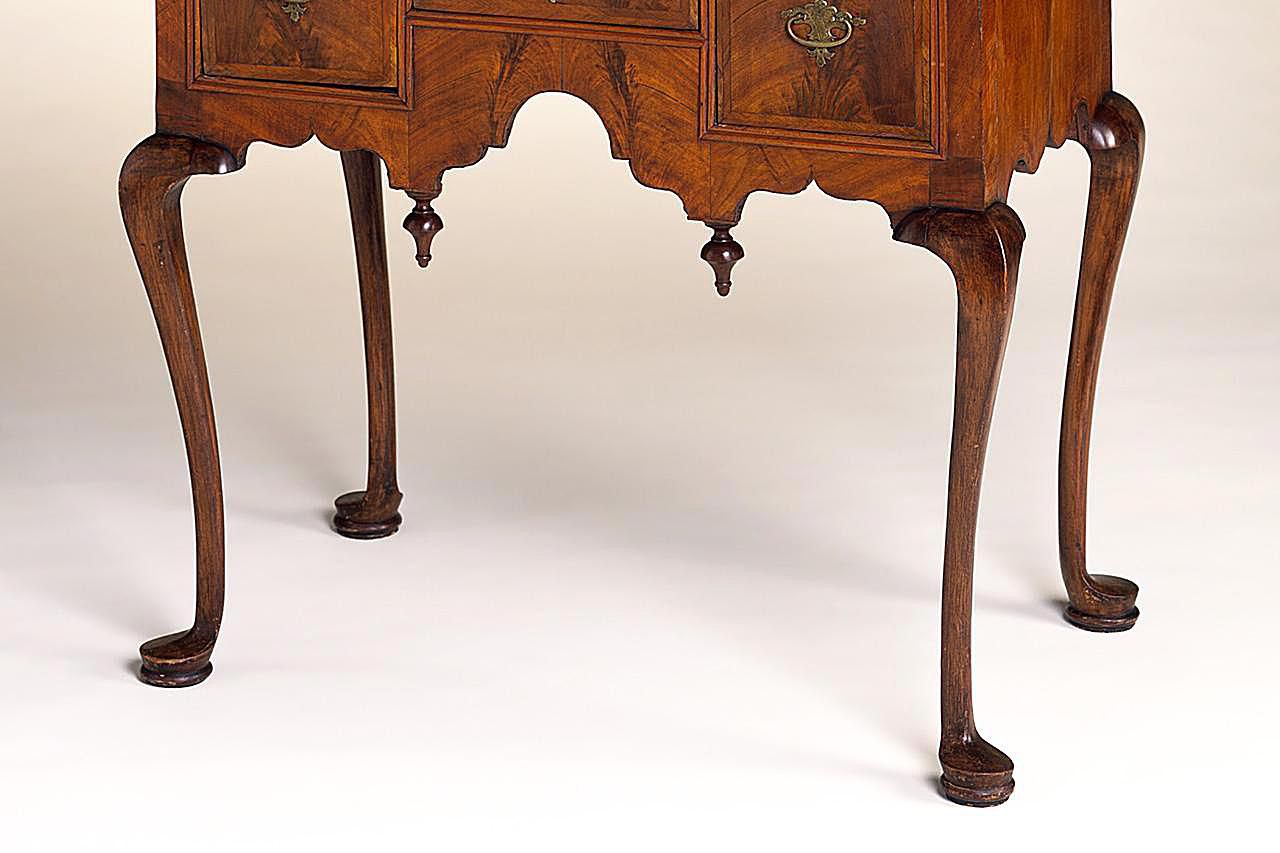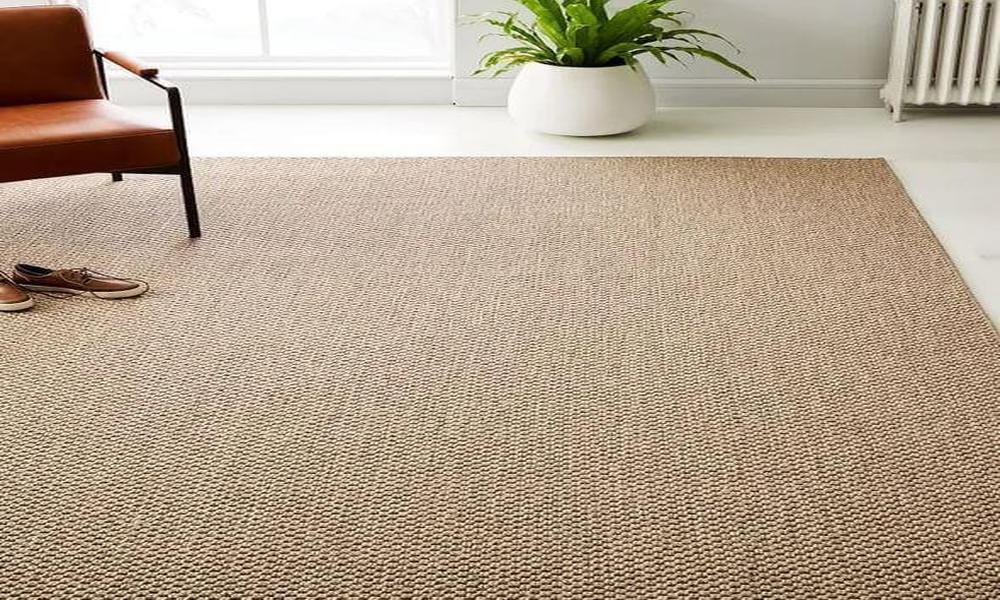
Introduction
Antique furniture pieces are prized possessions since they hold both high monetary and sentimental value. If your antique furniture breaks or has lost its finish at certain parts, it’s best to hire a professional to fix it by searching for “furniture repair near me”. However, if you can identify the wood on the antique furniture, you may be able to help the repair personnel. Let’s check out how you can do that:
Conclusion
1. Redwood – Redwood isn’t common or cheap since it comes from the tallest species of trees on the planet. Its heartwood has a pink-blown to deep red-brown color while the sapwood may be a shade of white or yellow. Sometimes you’ll find this wood to have a few spots with a wavy grain. However, mostly it’s a fine and straight grain. Despite being light and soft, it’s sturdy.
You can easily distinguish redwood from most other softwood varieties used in antique furniture due to its distinct color. Redwood used in furniture pieces is usually of a high “clear” grade that has few knots and rarely features any imperfections. You’ll find it to have a deep red color with a fine and even grain. It’s also extremely smooth compared to other softwood and that can be verified with touch.
2. Pine – If your antique furniture is made from softwood, very old, and passed down through generations it’s highly likely that it was made from a cheaper material like pinewood. There are several varieties of pine with Genus being the most common. Most of the pine varieties have a lot of similar characteristics with subtle differences.
To identify pinewood on antique furniture you need to look out for the growth rings. Among most light-colored softwood only pine has contrasting color variations amongst the growth rings. The rings and knots are very visible and stand out and that’s why pinewood was very common for building rustic furniture. The wood grain is also stunning. However, staining pinewood isn’t easy. If you decide to repair the furniture yourself, you need to sand it properly with 120 grit sandpaper to open up the pores before you can stain it.
3. Hemlock – Hemlock can be easily distinguished from pine, fir, spruce, and most other types of softwood due to its grain pattern. It has an extremely smooth and straight grain pattern with a uniform color pattern between the sapwood and the heartwood. That’s why it’s tough to tell apart the sapwood from the heartwood with hemlock.
Hemlock doesn’t have any resin and that means painting it, staining it, or applying a clear coat isn’t an issue. However, since it doesn’t have resin, it can’t protect itself from natural elements and hence isn’t usually used for outdoor furniture. That’s why you need to beware of outdoor furniture that’s made from hemlock.
4. Oak – Oak is by far the most common hardwood used in furniture. On oakwood, you’ll find a lot of large pores and small pores in different groups in the end grain. Oak was very common for use on floors and cabinets and if your antique furniture is made from oak, it should have turned a bit yellow by now. Despite the coloration, oak is very strong and durable, and highly resistant to staining, dust, and scratches.
If your furniture is already broken and needs to be repaired, then there’s an even better way of identifying oak. Start by running your hand over the furniture. If it’s hardwood and feels very smooth, it’s highly likely that it’s oak. You can also sand it down a bit to check out its texture. If it’s white oak, it should have tiger stripe grain, flecks, or yellow rays. On the other hand, if it’s red oak it should have a swirling wavy grain pattern.
5. Mahogany – Mahogany is a very high-quality tropical hardwood that was and is still used in exotic furniture. If your antique value is very old and has intricate designs, then it may have been made from mahogany. With a smooth texture, it feels great to the touch and has small uniform pores that are highly resistant to moisture. This makes mahogany a great wood for outdoor furniture as well.
Mahogany has a reddish-brown color with some varieties having a lighter shade. Moreover, its accent colors can range anywhere from gray and brown to peach and white. While inspecting your furniture look for a pinkish background color that has dark lines running through it to make sure it’s mahogany.
6. Cherry – Cherry is another expensive hardwood that has been used for a long time by American furniture makers. With a smooth grain and a pleasantly light color that starts light pinkish and darkens with age to a reddish hue, it’s a prized building material for furniture. Moreover, cherry wood darkens over time more when you expose it to sunlight. That’s why it’s difficult to identify it just by color.
One of the defining characteristics of cherrywood is its pitch pockets or gum pockets. They are mineral deposits that show up on the sapwood as black flecks. They are random and add a lot of character to the wood. Furniture pieces that are made to look like cherrywood would lack those random black flecks or have uniform black flecks.
If your furniture piece is made from genuine cherrywood it will feature a closed and simple grain. However, the grain would have a lot of character and make itself noticeable as well. It’s also a great identifier that protects you from getting scammed. Real cherrywood would never be uniform and that lets you identify the real deal.
Conclusion
From softwood like pine and redwood to hardwood like oak and mahogany, antique furniture pieces may be made from a vast variety of wood. Now you can identify at least some of them and guide the furniture repair professionals when you call them. To hire a reputable professional to fix your antique furniture you can search for “furniture repair near me”.




